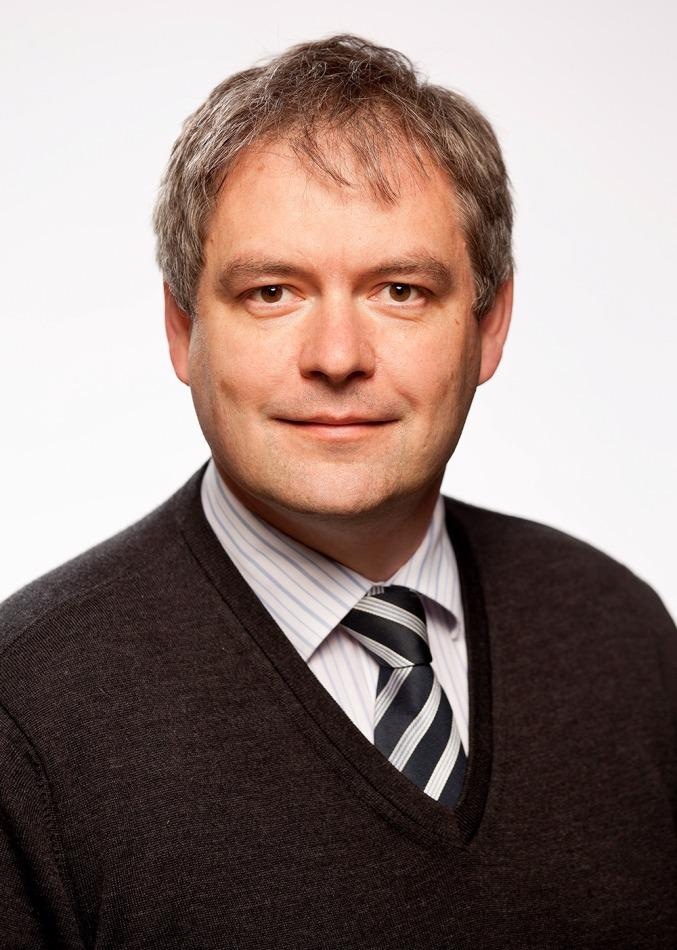Feb 1 2021
Researchers from Johannes Gutenberg University Mainz (JGU) and ETH Zurich have designed a new process to generate commodity chemicals in a relatively less dangerous way than was possible before.
 Professor Dr. Siegfried R. Waldvogel. Image Credit: ©: Eric Lichtenscheidt.
Professor Dr. Siegfried R. Waldvogel. Image Credit: ©: Eric Lichtenscheidt.
Commodity chemicals like these represent the starting point for many products that are produced at a large scale in the chemical sector, like fertilizers, dyes and plastics, and are generally produced using bromine or chlorine gas, both of which are highly corrosive and extremely toxic.
In the latest issue of the Science journal, the investigators reported that they were able to use electrolysis, that is, the application of an electric current, to achieve chemicals called dibromo and dichloro compounds, which can further be utilized to produce commodity chemicals.
Chlorine gas and bromine are difficult to handle, especially for small laboratories, as they require strict safety procedures. Our method largely eliminates the need for safety measures because it does not require the use of chlorine gas or bromine. It also makes it easy to regulate the reaction in which the desired chemicals are synthesized by controlling the supply of electric current.
Siegfried Waldvogel, Professor and Spokesperson, Cutting-Edge SusInnoScience Research Initiative, Johannes Gutenberg University Mainz
The Cutting-Edge SusInnoScience Research Initiative helped develop the novel process.
Professor Siegfried Waldvogel feels that electrolysis can be utilized to achieve dibromo and dichloro compounds, for instance, from solvents that would commonly be used to synthesize PVC.
This is even much simpler than synthesizing dichloro and dibromo products from chlorine gas or bromine, respectively.
Siegfried Waldvogel, Professor and Spokesperson, Cutting-Edge SusInnoScience Research Initiative, Johannes Gutenberg University Mainz
According to Waldvogel, the researchers have demonstrated that the new process works as planned for over 60 various substrates.
“The process can be used for molecules of different sizes and is thus broadly applicable. It is also easy to scale up, and we have already been able to employ it to transform larger quantities in the multi-gram range,” added Waldvogel.
The chemist is specifically is excited about finding that electrolysis can also be utilized to isolate chlorine atoms from molecules of specific insecticides that have been prohibited, producing the preferred dichloro products.
There is virtually no natural degradation of such insecticides. They persist in the environment for extremely long periods and have now even been detected in the Arctic. Our process could help in eliminating such toxic substances and actually exploit them to our benefit in future.
Siegfried Waldvogel, Professor and Spokesperson, Cutting-Edge SusInnoScience Research Initiative, Johannes Gutenberg University Mainz
Journal Reference
Dong, X., et al. (2021) Merging shuttle reactions and paired electrolysis for reversible vicinal dihalogenations. Science. doi.org/10.1126/science.abf2974.